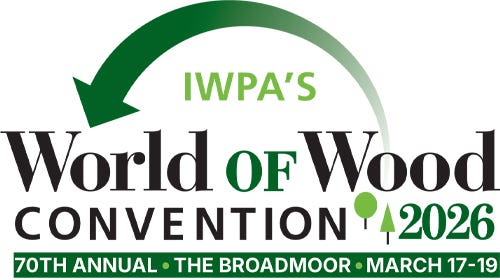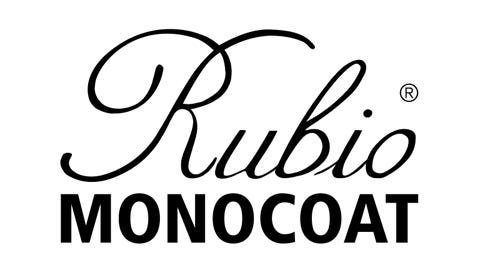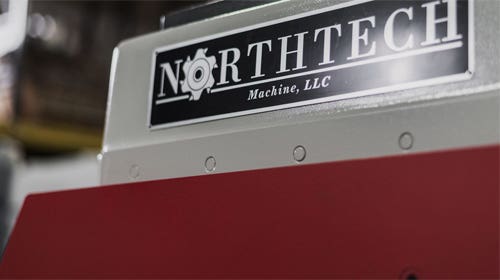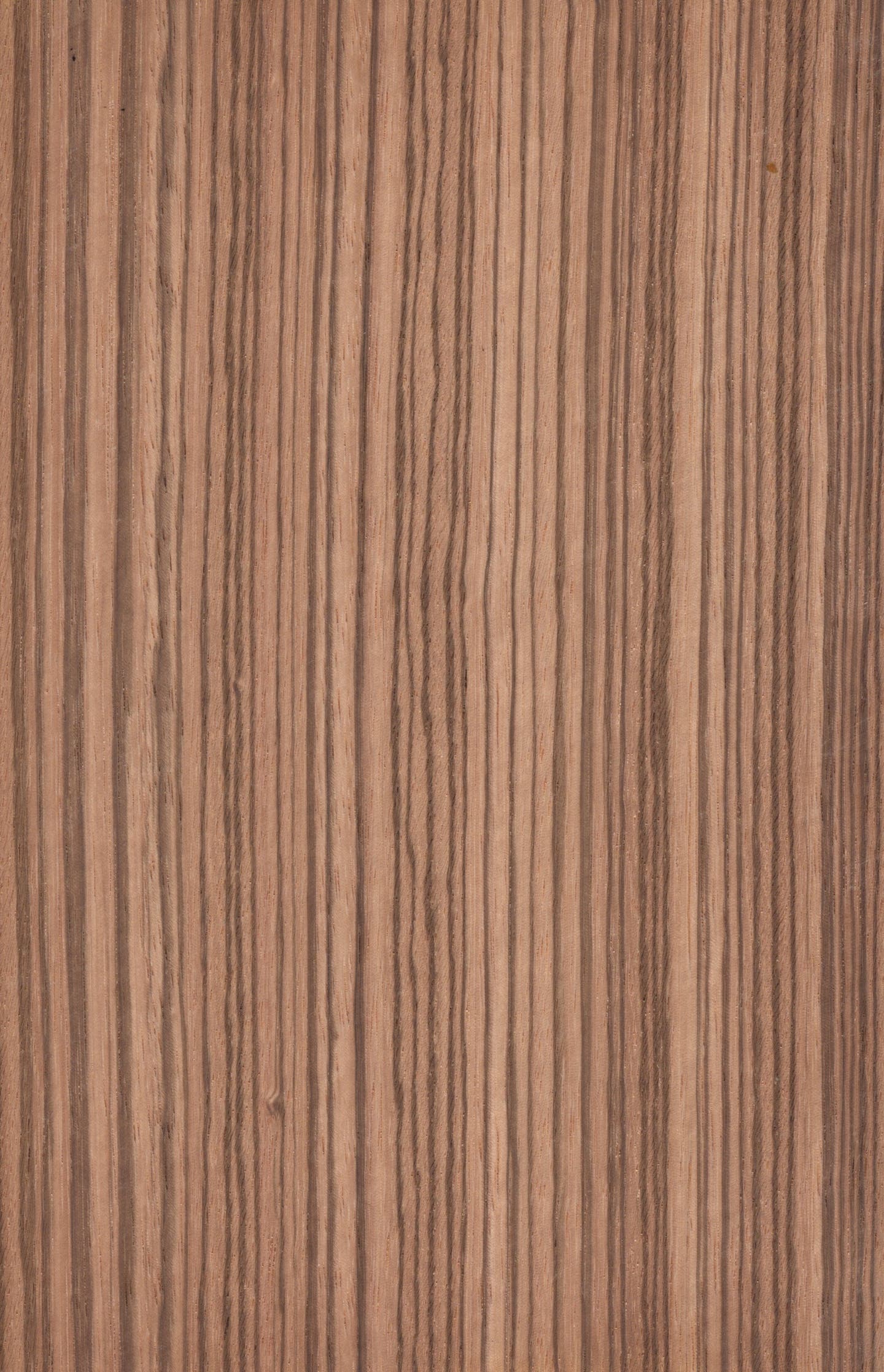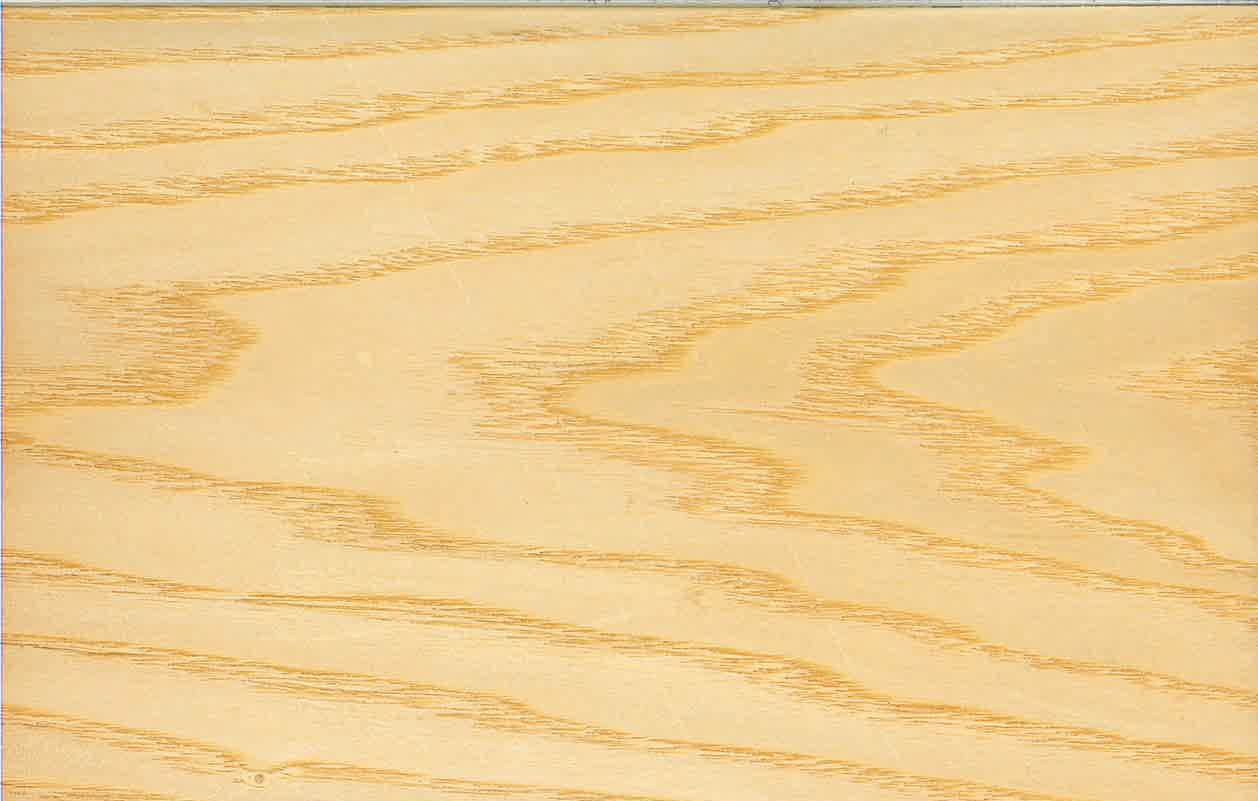Oak sales see growth in the marketplace
Oak sales have increased during the last six months, according to lumber suppliers interviewed by Woodshop News. Most feel that it’s only gaining demand at the same rate as other…
Oak sales have increased during the last six months, according to lumber suppliers interviewed by Woodshop News. Most feel that it’s only gaining demand at the same rate as other hardwoods they sell, primarily because of a rebounding economy. But that doesn’t take away from the fact both red and white oak are targeted by designers and cabinetmakers for its unique grainy texture that puts a bit of flair into seemingly simple pieces.
There is some debate over which is more popular: red or white. Northern red oak (Quercus rubra), also known as Eastern oak, grows in the eastern half of the United States and Canada. Trees are smaller than white oak (Quercus alba), reaching heights up to 70’ with tree diameters around 3’, depending on growing conditions.
Ramus Lardie of Rare Earth Hardwoods in Traverse, Mich., says that many customers come in initially seeking white oak, but end up purchasing red simply because it’s lower in price.
“White oak has a marine quality, which makes it good for exterior uses such as boats and doorways. Lately we’ve been selling some large slabs of quartersawn white oak for tabletops and other decorative projects. We also sell red oak, which is less expensive and has a pinker tone to it. In general, people that like oak like the grain of it. The red has a more figured look, but white oak has a higher quality,” says Lardie.
Myles Gilmer, owner of Gilmer Wood Co. in Portland, Ore., sells only imported specialty variations, such as European white oak and English brown oak, also a white oak tree. He says these constitute only a small percentage of oak sales in the world, but they still have their share of buyers.
“Our oak sales are pretty slow. They haven’t really picked up too much in the last six months. We still sell about a unit a month and English brown oak is kind of a niche wood that sells board by board, but these are huge boards about 4’ wide by 17’ long and up to 3” thick. They sell mainly to the specialty market, like the James Krenov-type students. It’s a smaller percentage of my business, but I’ve stocked it for over 30 years so I might as well keep it going as long as I’m here,” says Gilmer.
Bob Hakken of Wagner Wood Products, a wholesale distributor of Columbia Forest Products hardwood plywoods in Holland, Mich., has seen renewed interest in rift cut and quartersawn white oak in the last year, while plain sliced white oak has stayed the same.
“It seems like customers are gravitating to those because of the straight grain and clean look they offer. They aren’t really looking for all that figuring,” says Hakken.
“I’ve also seen a greater interest in quartersawn white oak over the quartersawn red and I think that’s primarily because the white oaks rays aren’t as pronounced as they are in the red. The rays can be very radical in the red and are much smaller in white oak. So when they do want red oak, they’re generally looking for plain variations.”
Prices for 4/4 FAS red oak start at $3.25/bf, while 4/4 FAS white oak start at $4.50/bf, according to an informal survey of national retailers. Wholesale prices for 3/4” 4’ x 8’ plywood were quoted at $60-$90 for red oak and $90-$100 for white oak, depending on grade and cut.
This article originally appeared in the October 2013 issue.


